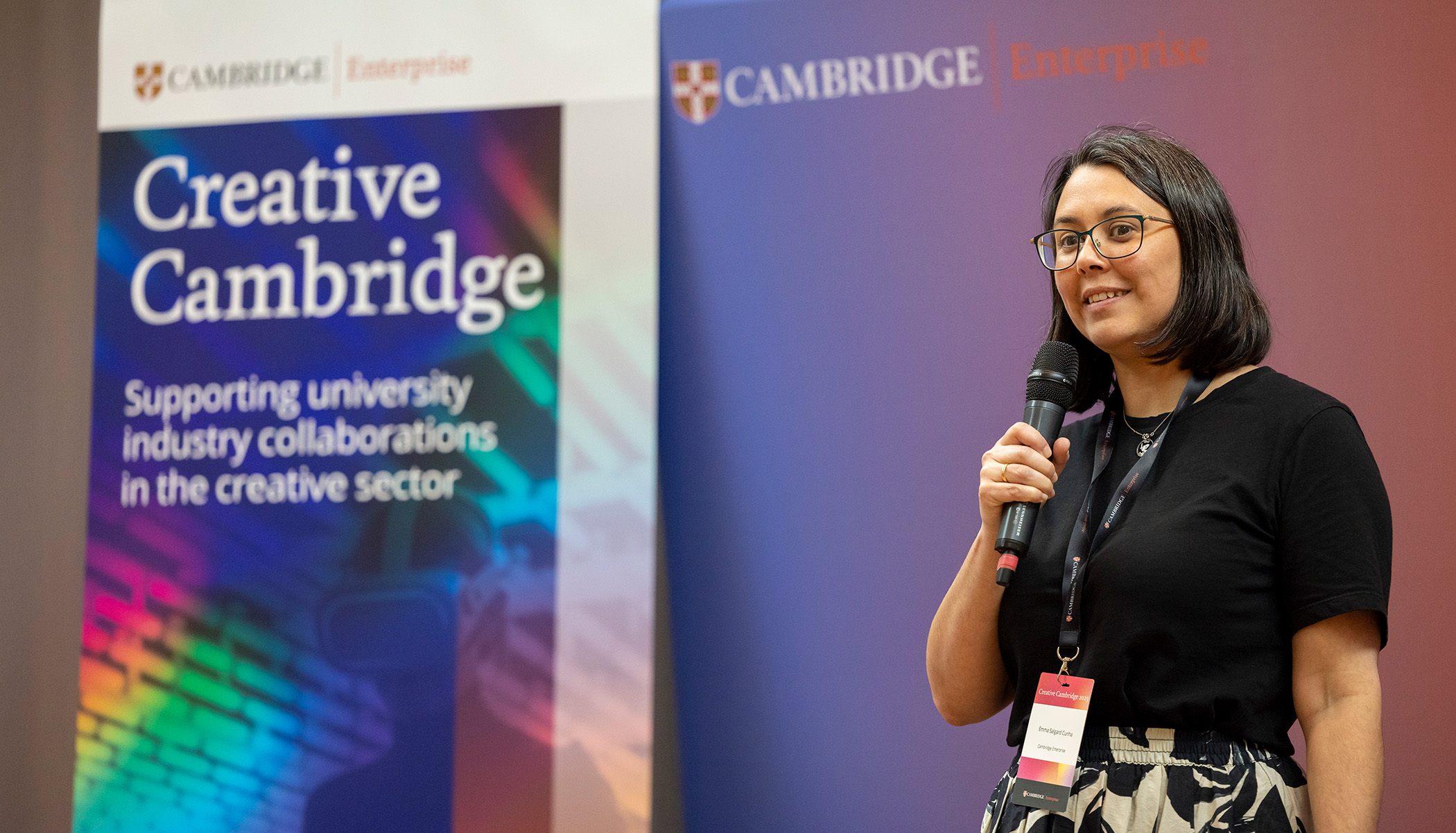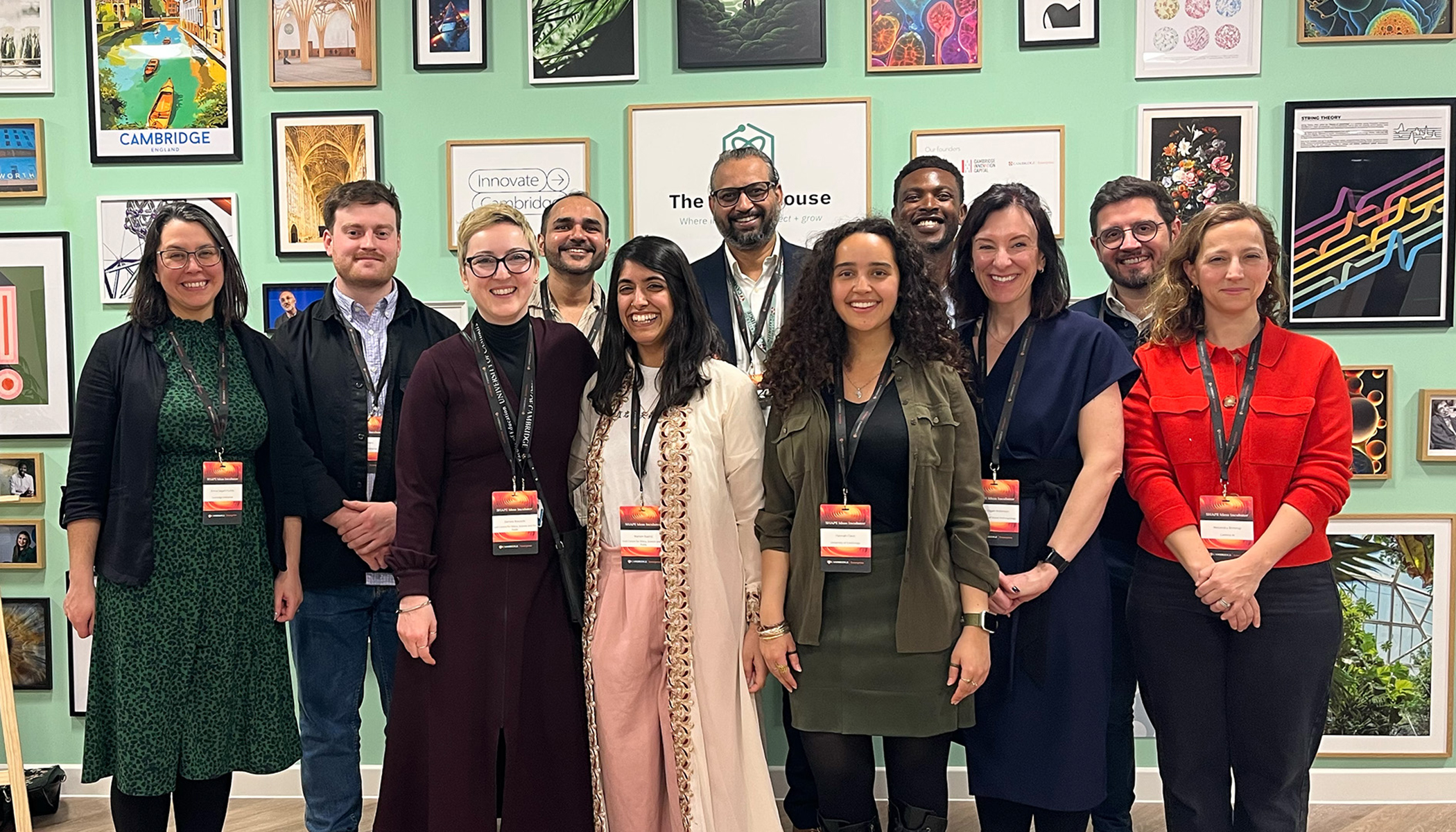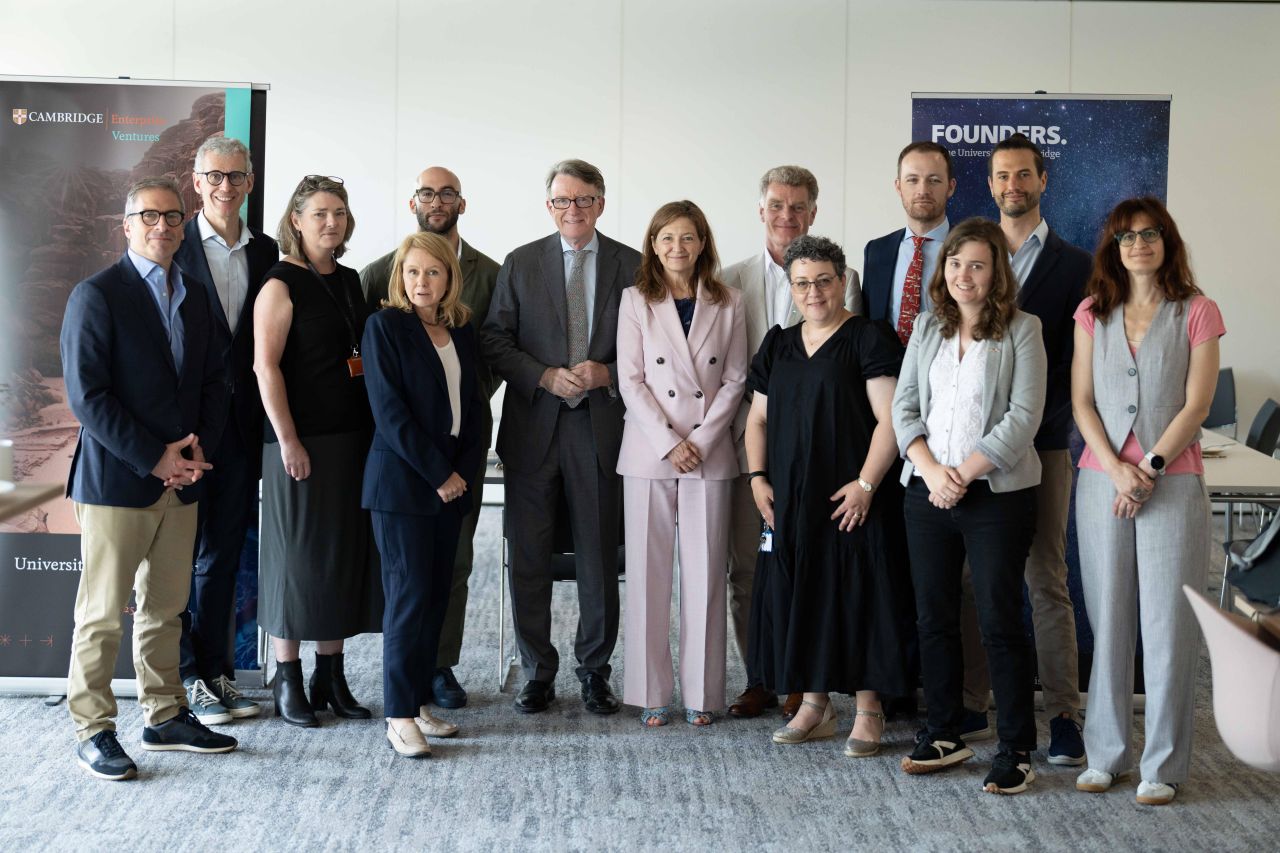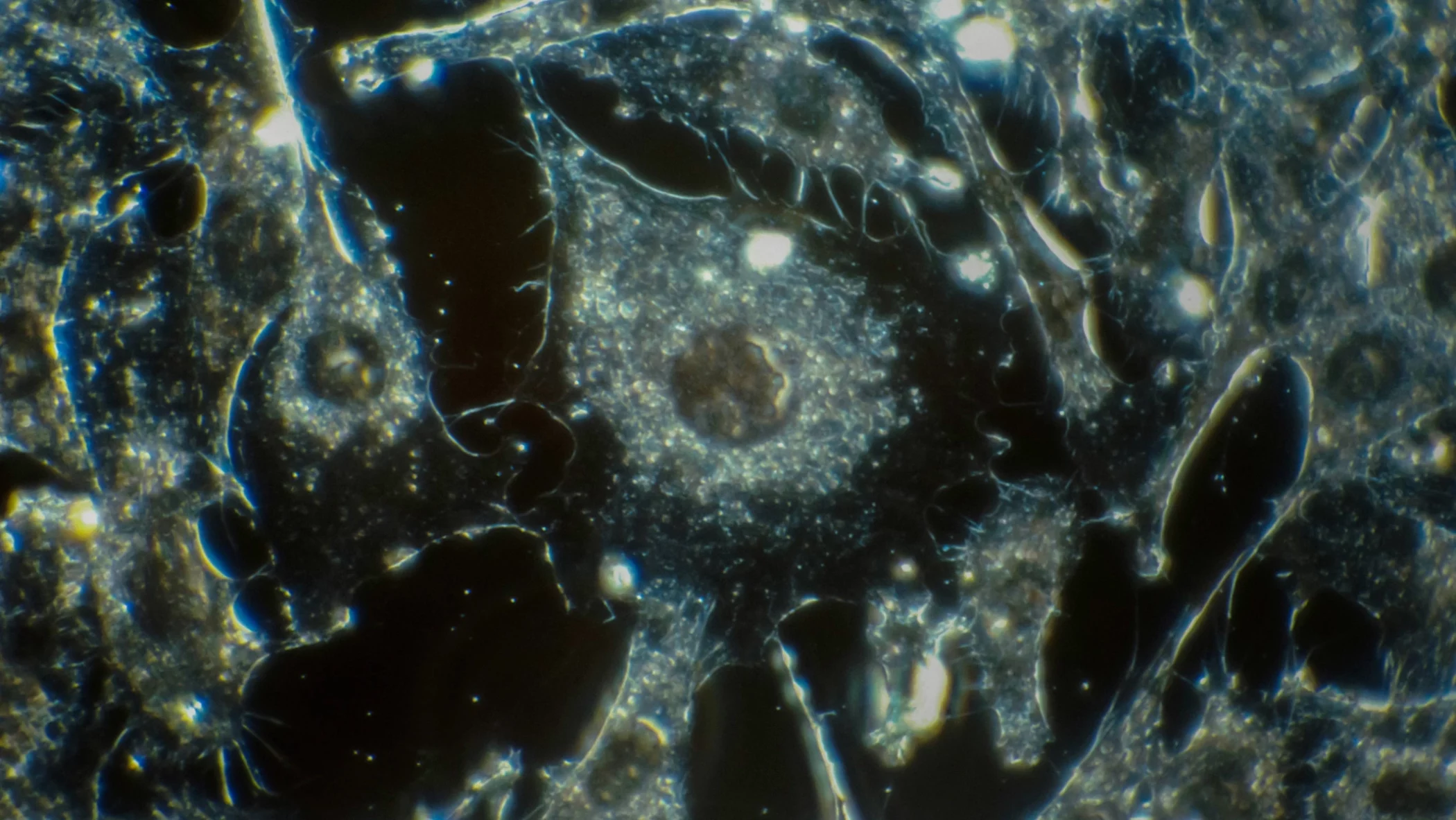The year 2016 was a great one for Cambridge Enterprise—and the capstone of a great first decade. Take a look at our Annual Review 2016, which has just been released, for an overview of our work in the past year as well as some celebratory comments about our first decade.
The review looks at a range of indices, all of which show healthy growth since our birth. In 2006, for instance, Cambridge Enterprise returned £5.3 million to the University and its academic inventors. This past year, we returned £12.3 million, a solid 132% increase. In 2016, we supported the work of 1,605 researchers, providing funding, licenses, patents and administrative help. That’s a 88% increase over our first year.
Cambridge Enterprise Seed Funds, which supports the creation of companies based directly on University research or people, hit an all-time high for investment in 2016, putting £5.3 million into 14 promising companies. That’s a whopping 850% increase over our first year. The evergreen fund behind these investments now totals £16 million. In this past year £4.9 million was returned to the fund from the sale of shares in four companies.
The numbers—and their growth—are gratifying, but most important are the discoveries made by our academic partners. Among these are a new lead-acid battery paste recycling technology, developed in the Department of Materials Science and Metallurgy, that was licensed in 2016. It’s both cheaper and cleaner than previous methods and has the potential to transform the battery recycling industry.
In the life sciences, we supported the development of drugs to target RNA-modifying enzymes involved in the development of cancer. And we worked on the creation of the £40 million Apollo Therapeutics Fund, a ground-breaking new consortium for drug development.
The year ahead—and our next decade—hold great promise for Cambridge Enterprise, thanks to the academics and students we support.











